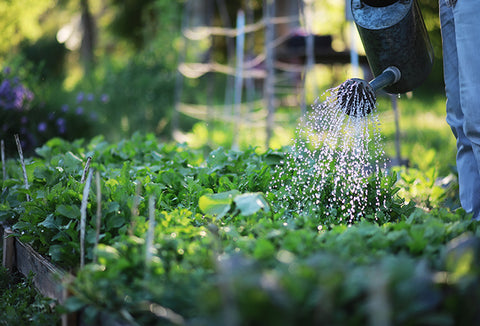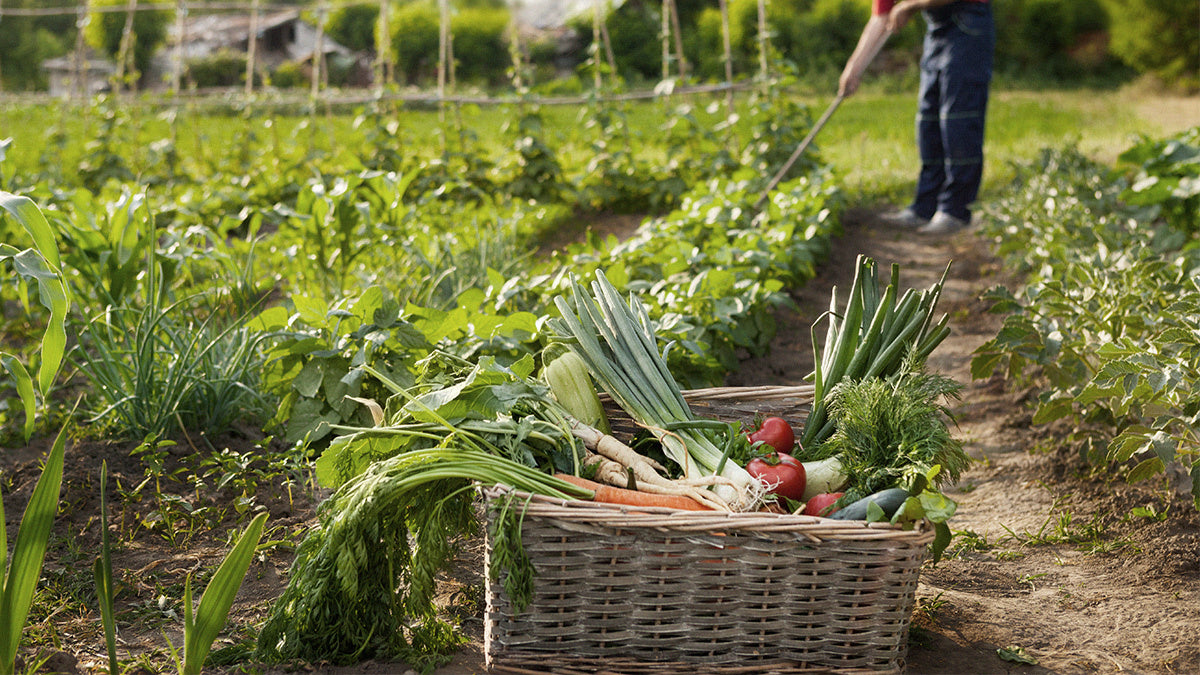You've probably heard about Victory Gardens, perhaps in a history class or maybe in a movie. But how much do you really know about them?
A lesser-known element of World War II history, Victory Gardens were once an essential part of America's preparedness efforts during an unpredictable time.
Designed to increase the nation's domestic food production levels, these gardens were planted on citizen-owned property, vacant lots, or anywhere that unused, viable soil was available.
The primary goal of these gardens was simple: to increase the overall health of the American population through fresh fruits and vegetables.
Read on to discover the fascinating history of one of America's largest homeland crop cultivation efforts and how the lessons learned remain relevant.

The History of the Victory Garden
During World War II, a great emphasis was placed on the average American citizen's participation in the war effort. Individuals and families were encouraged to conserve and donate resources for the soldiers abroad, as well as maintain a positive attitude to increase morale.
This form of patriotism extended to citizens being encouraged to use their personal land and resources where possible. This is how the idea for Victory Gardens came to be.
At the time, Americans were experiencing severe shortages that led to the rationing of key resources like sugar, meat, and more. The issue on everyone's minds was, "how do we increase domestic food production quickly?"
RELATED READ: How to Protect Your Family Against Food Shortages
Less than two weeks following the attack on Pearl Harbor, a conference was held by the Secretary of Agriculture. These were the goals:
- "Discuss and formulate a broad coordinated program for enlisting interest in and guiding a national campaign to encourage home and community gardens as a defense measure"
- "To reinforce the effort to reach the goal... of 5,760,000 farm gardens for 1942, to improve health through encouraging better food habits, and the use of high-vitamin and mineral foods, to improve home food supplies and aid in maintaining morale."
Half the modern world was dependent on America for their food production at that time. Victory Gardens aimed to alleviate the strain on America's supply chains by having citizens eat what they grew in their own gardens, thus freeing up important resources for soldiers and allies dependent on American food production abroad.
The effort was widely successful, with families learning to cultivate their own land and support their own nutritional needs. It also boosted morale across the country, as citizens felt they had more power and control over their food security.
The general attitude across the country mirrored the words of M.L. Wilson, who stated:
Total war makes demands on everyone. All of us can't take part in the military defense of the Nation - but we are a part of that military defense just the same. Before there can be victory, there must be work and toil and sacrifice. Every man, every woman, every child must be ready to take his place or her place. To do so requires health. One cannot expect to be physically fit, mentally alert, and ready to 'take it' unless a well-balanced diet, including plenty of fruits and vegetables, has provided that energy and fuel which is necessary to keep in top-notch condition all the time.

What Can We Learn from Victory Gardens?
Victory Gardens not only played a crucial role in supplementing America's food supply during World War II; they also served as a powerful symbol of unity and resilience.
The widespread adoption of these gardens fostered a sense of community among Americans, as neighbors shared seeds, tools, and gardening tips. This wide-scale effort bolstered the nation's food production as well as strengthened the bonds between individuals and communities, demonstrating the power of patriotism and collective action in the face of adversity.
Moreover, Victory Gardens highlighted the importance of self-sufficiency and the value of understanding how to grow one's own food.
Now, where fast food and convenience have become a way of life for many, the lessons from Victory Gardens remind us of the nutritional, personal, and economic benefits of home gardening. Home gardens allow us to take control of our food supply, and by extension, our lives, economic futures, and survival prospects.
RELATED READ: How to Get Started Seed Sprouting for Emergencies

Reviving the Victory Garden in the Modern Era
Given the contemporary challenges of food insecurity, supply chain disruptions, and economic strain, there's a growing interest in reviving the concept of Victory Gardens.
Modern Victory Gardens, however, can leverage advancements in technology and knowledge to be even more productive and fruitful than the originals.
Urban gardening techniques, such as vertical farming and hydroponics, allow for efficient use of space in densely populated areas. Community gardens can serve as hubs for sharing resources and knowledge, as well as fostering community cohesion and support.
Education and community programs can play a significant role in this revival as well, teaching people not only the practical aspects of gardening, but also the importance of biodiversity, soil health, and ecological balance.
By drawing on the historical success of Victory Gardens and adapting their principles to today's context, communities and individuals can create more self-reliant food systems when faced with disasters.
RELATED READ: Tips for Planting an Amazing Emergency Food Supply

Becoming Self-Reliant Through Food Security
The story of Victory Gardens is a testament to what can be achieved when individuals come together for a common cause. It teaches us valuable lessons about preparedness, community action, food security, preparedness, and the importance of connecting with the land.
As we navigate the complexities of our modern society, the principles that drove Victory Gardens offer timeless guidance on how to build resilient communities and sustainable food systems.
To supplement your home gardening efforts, Emergency Essentials offers a wide variety of freeze-dried emergency food solutions. They last decades in storage, ready to deploy when times get tough and food is scarce. Prioritize your preparedness now and be ready for what's next.
RELATED READ: Extend Your Meals with Emergency Food

